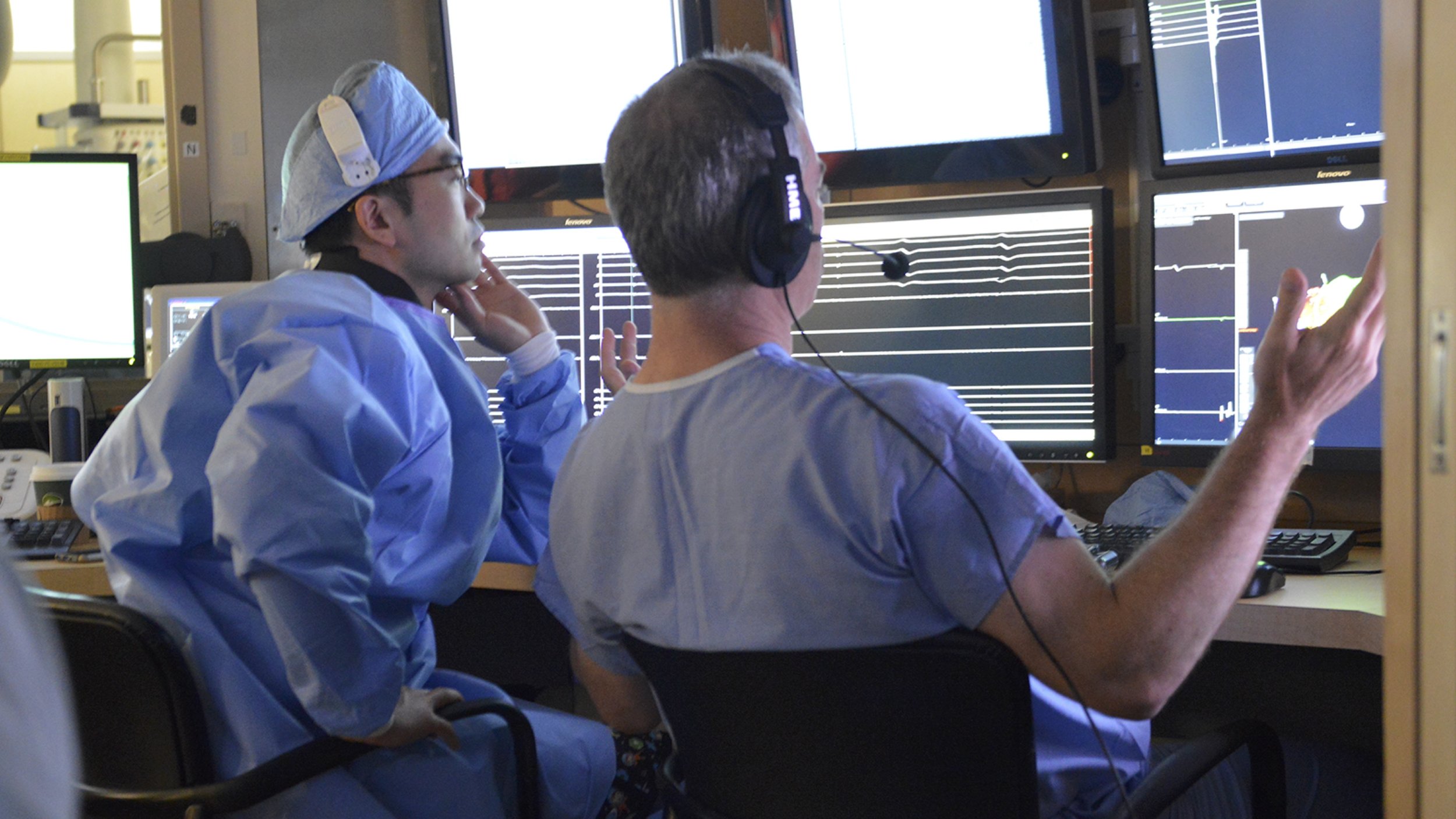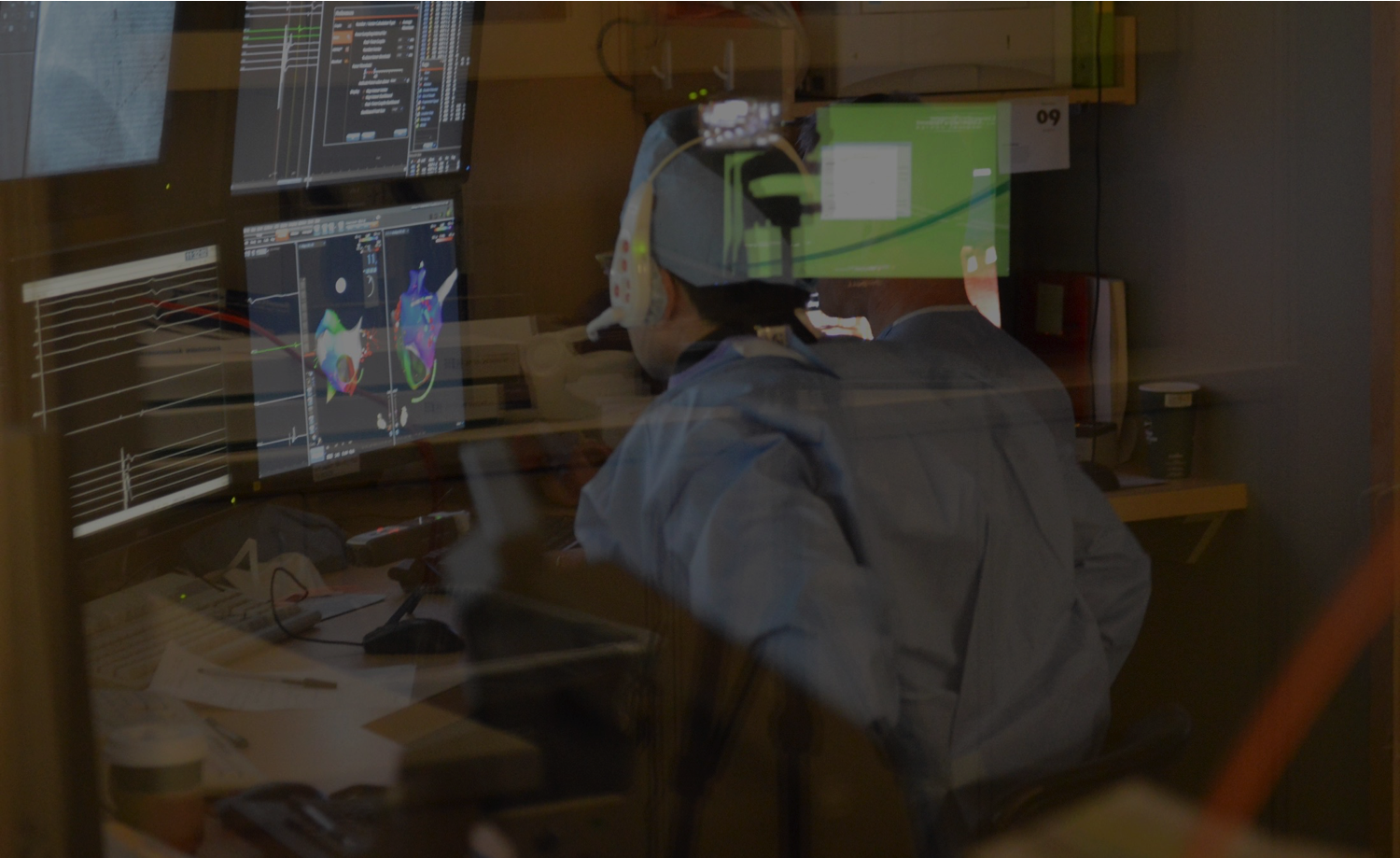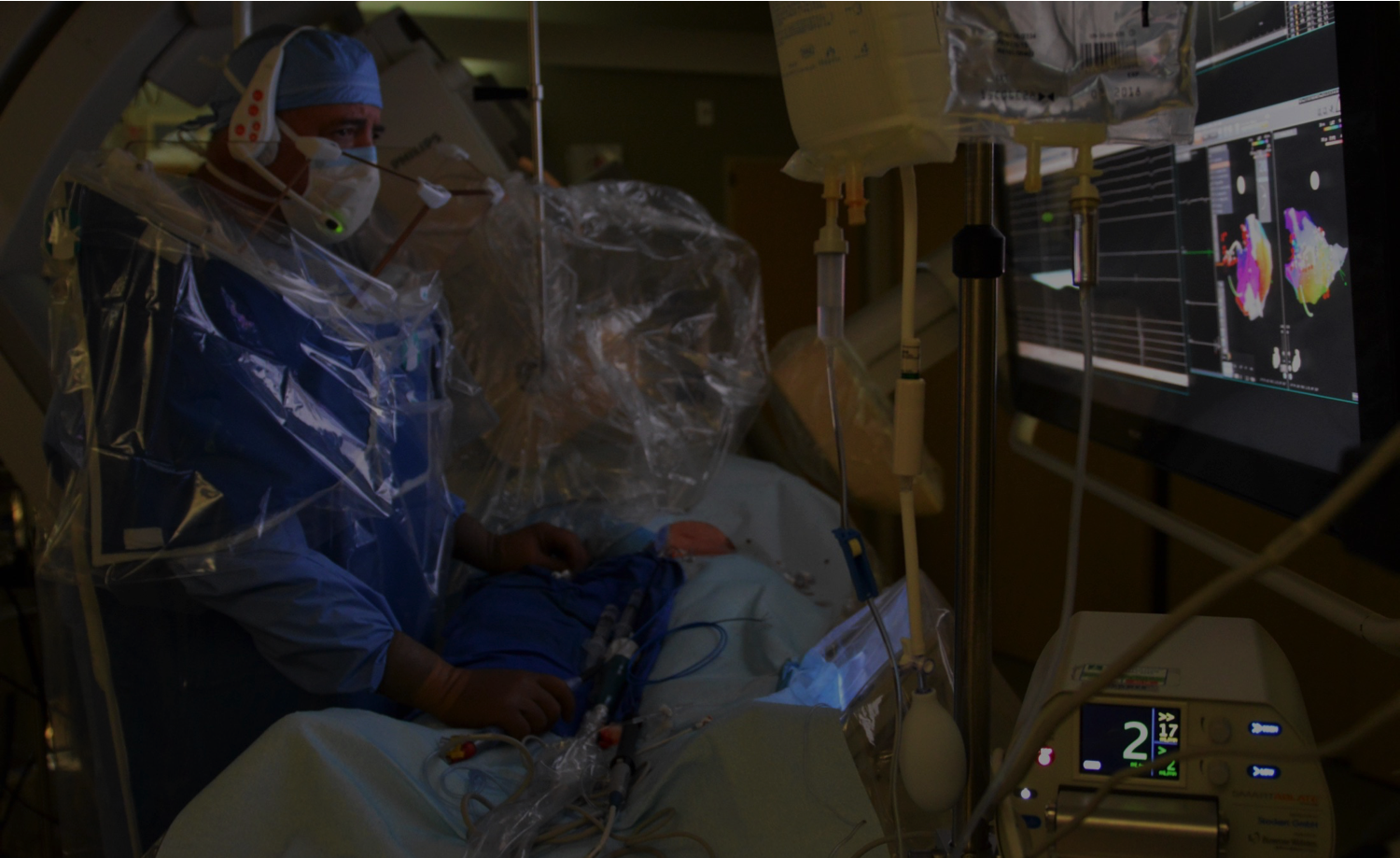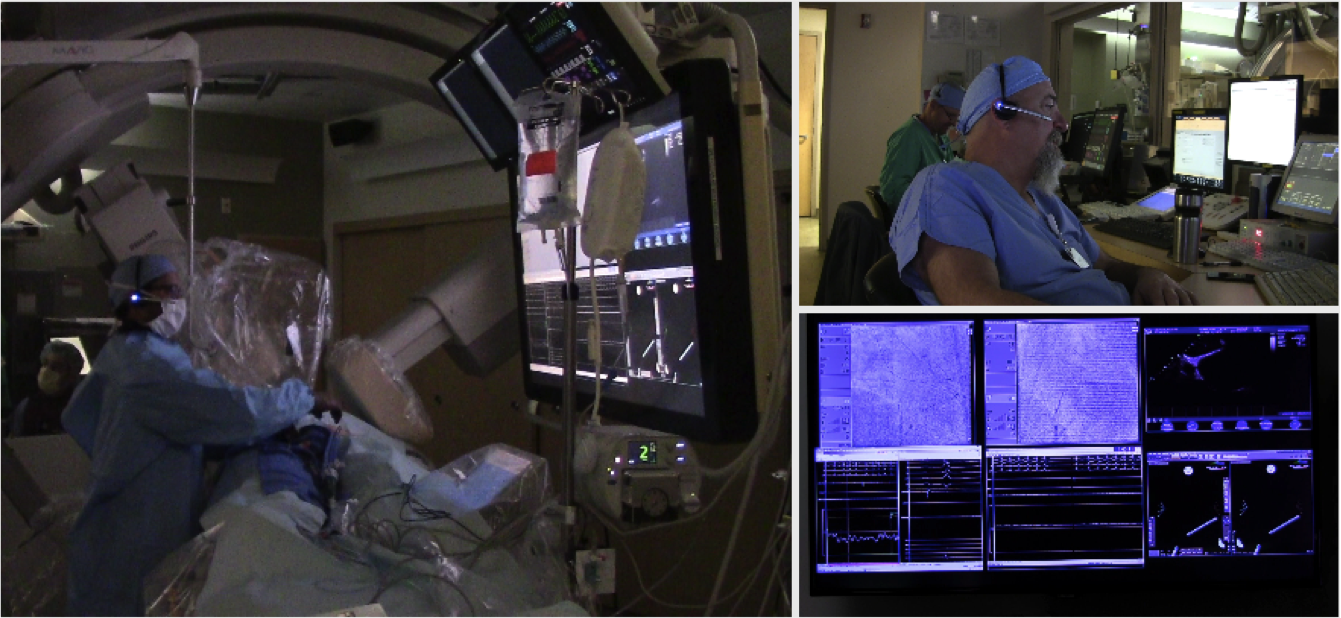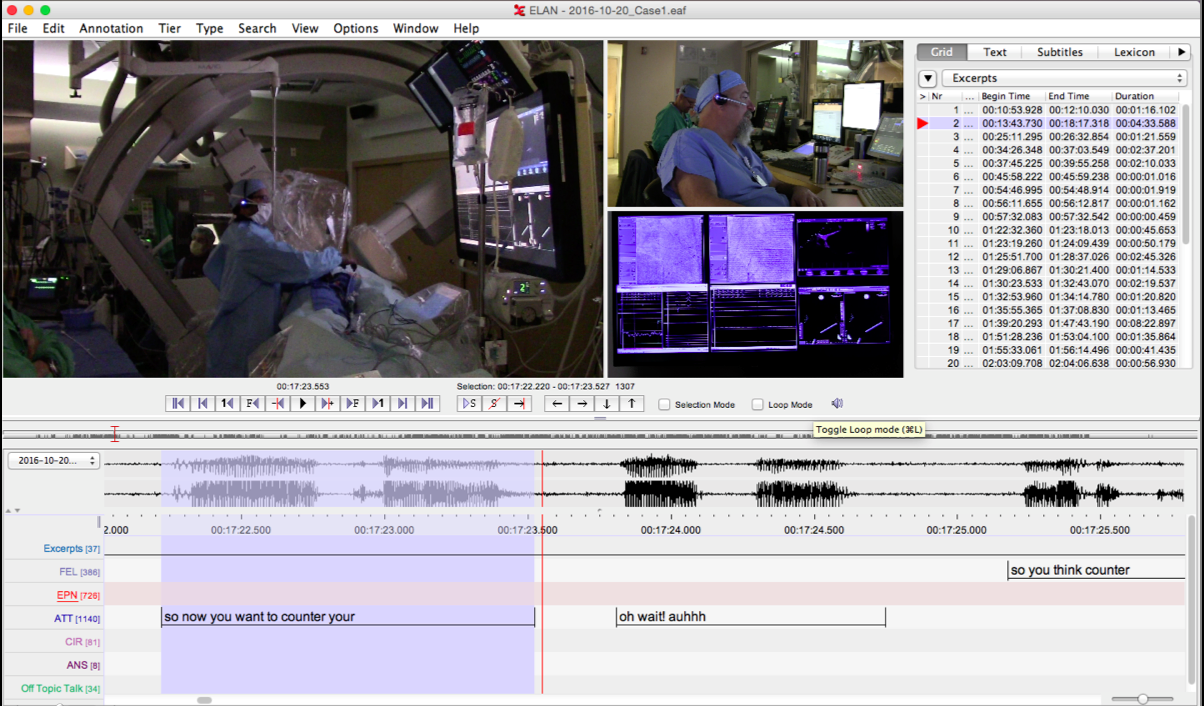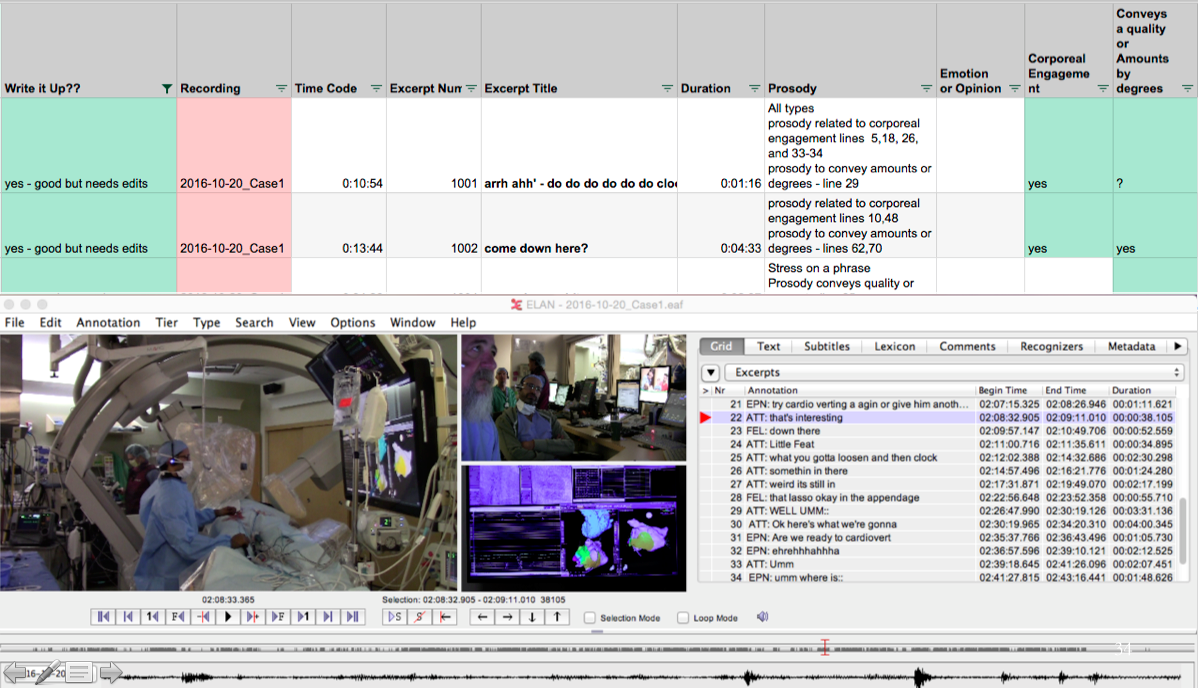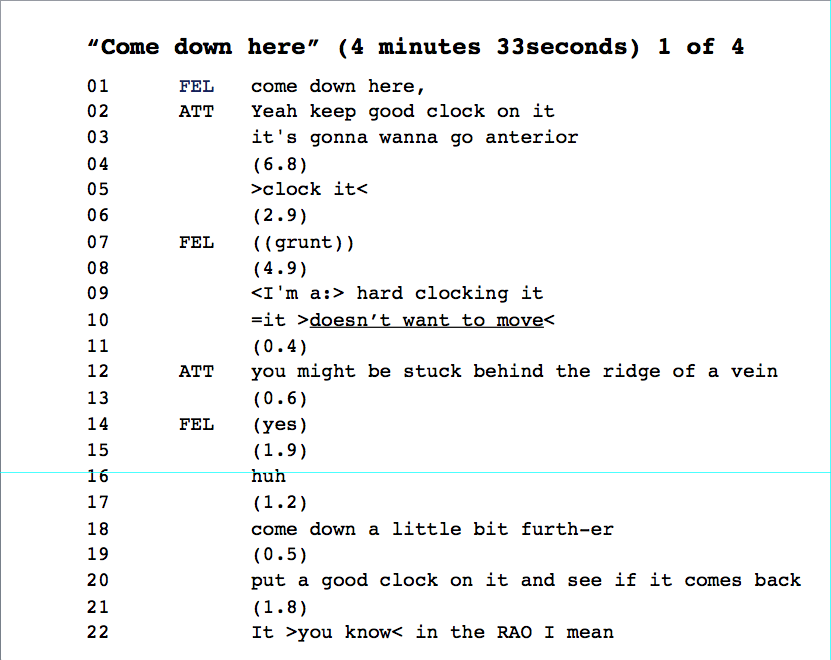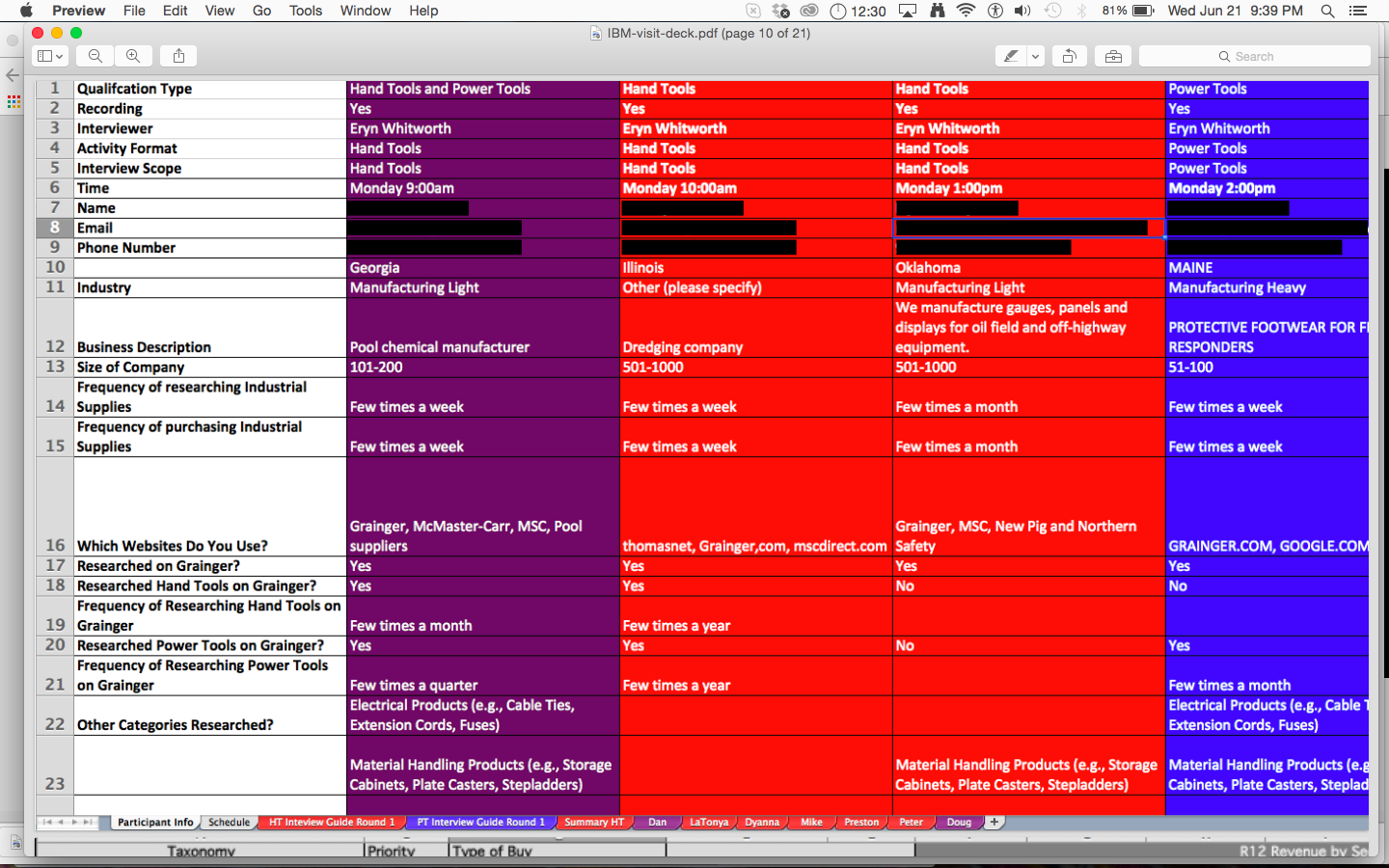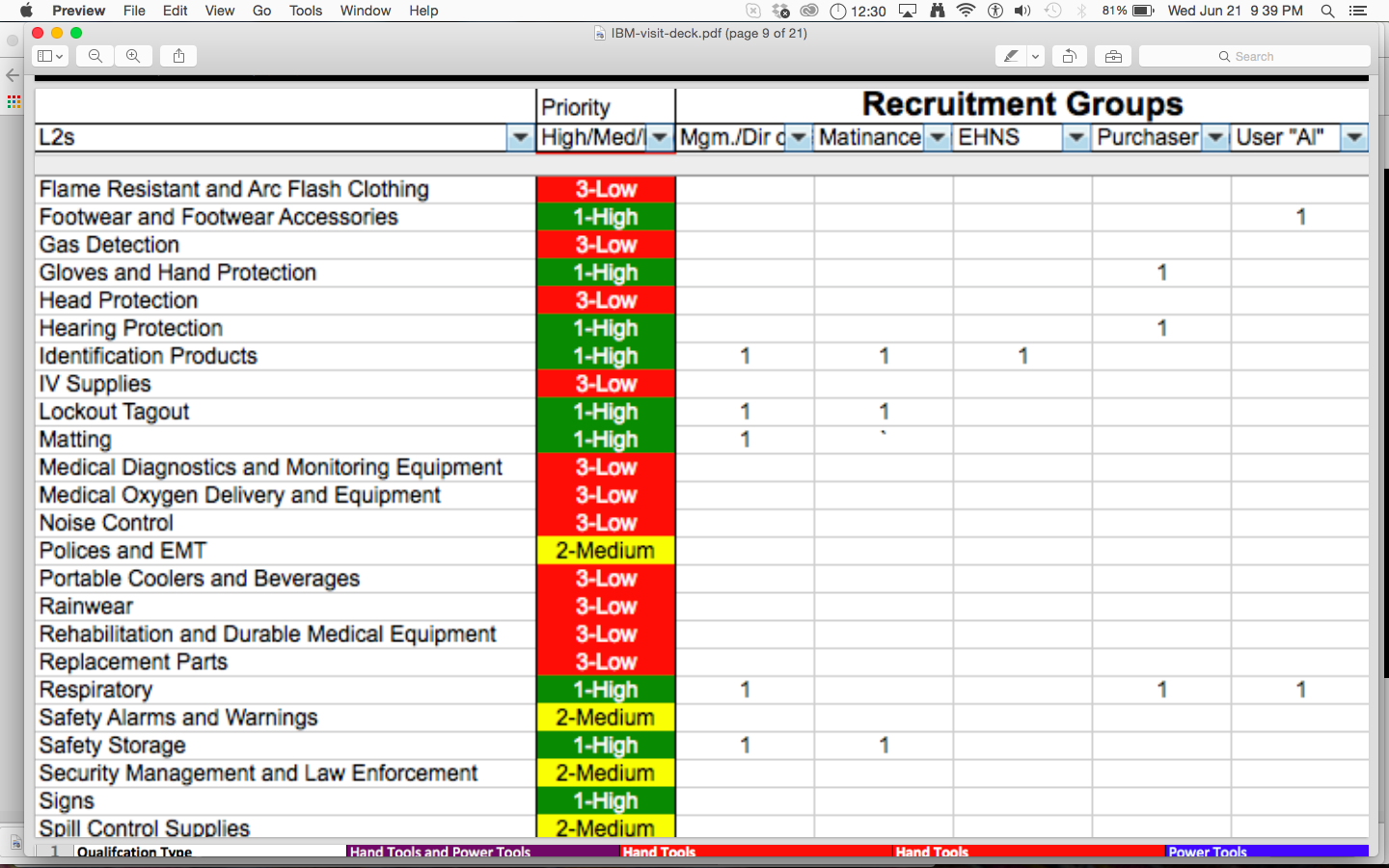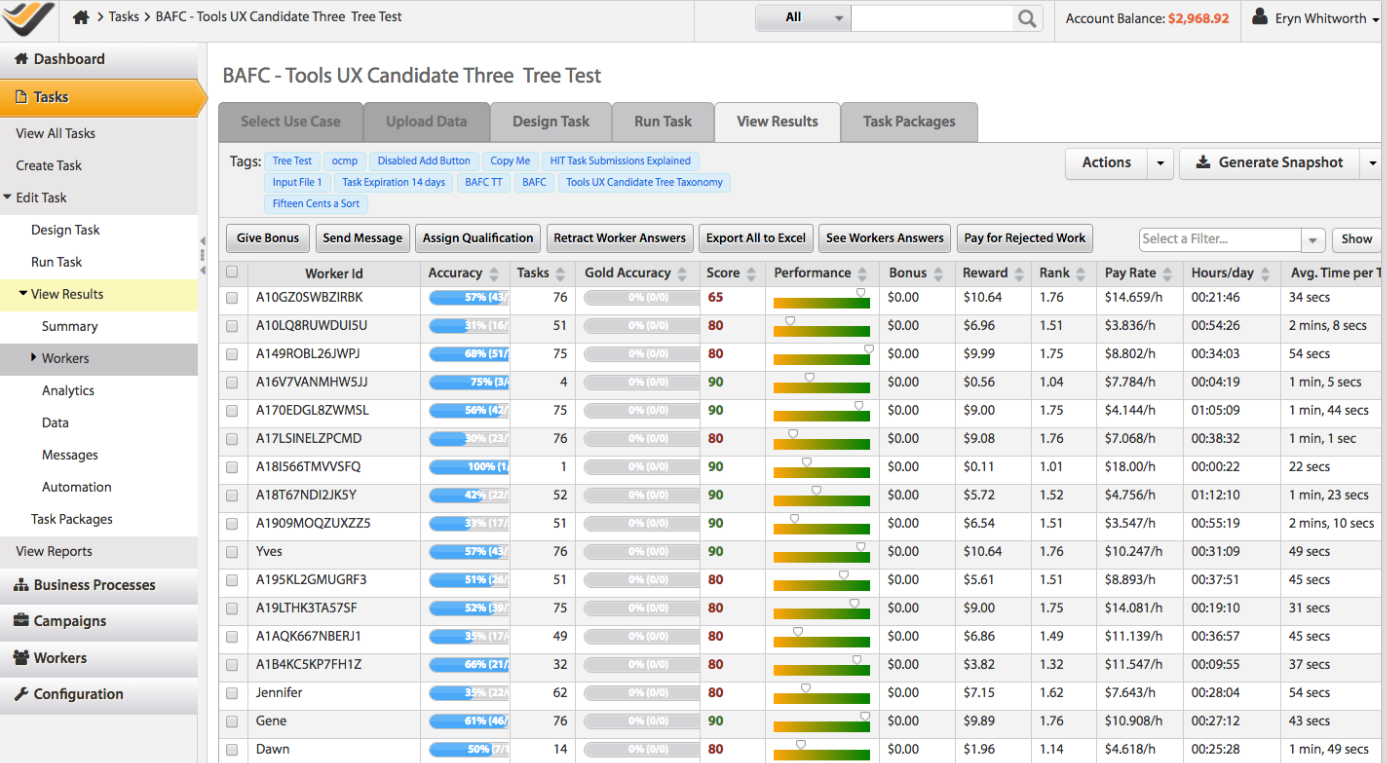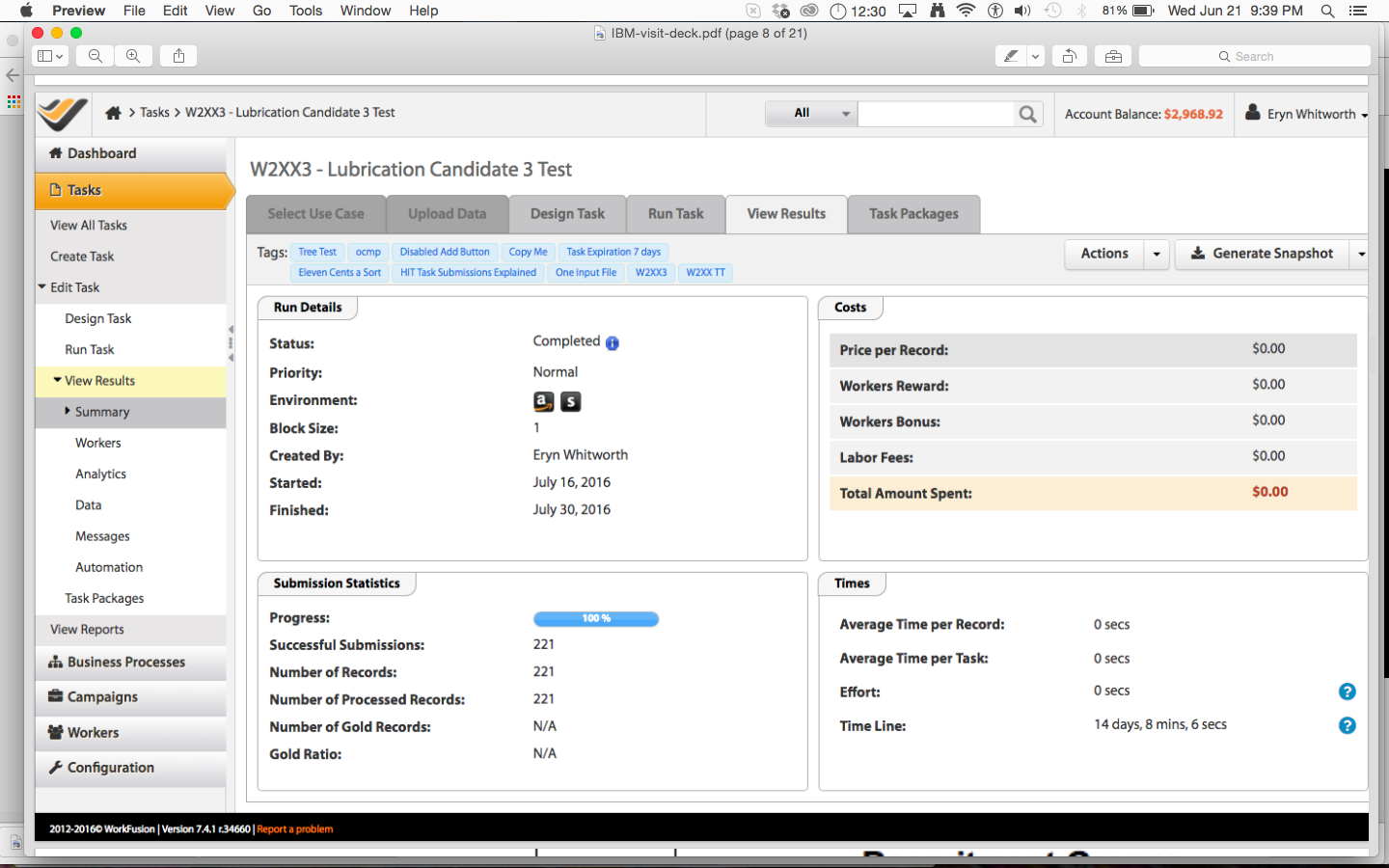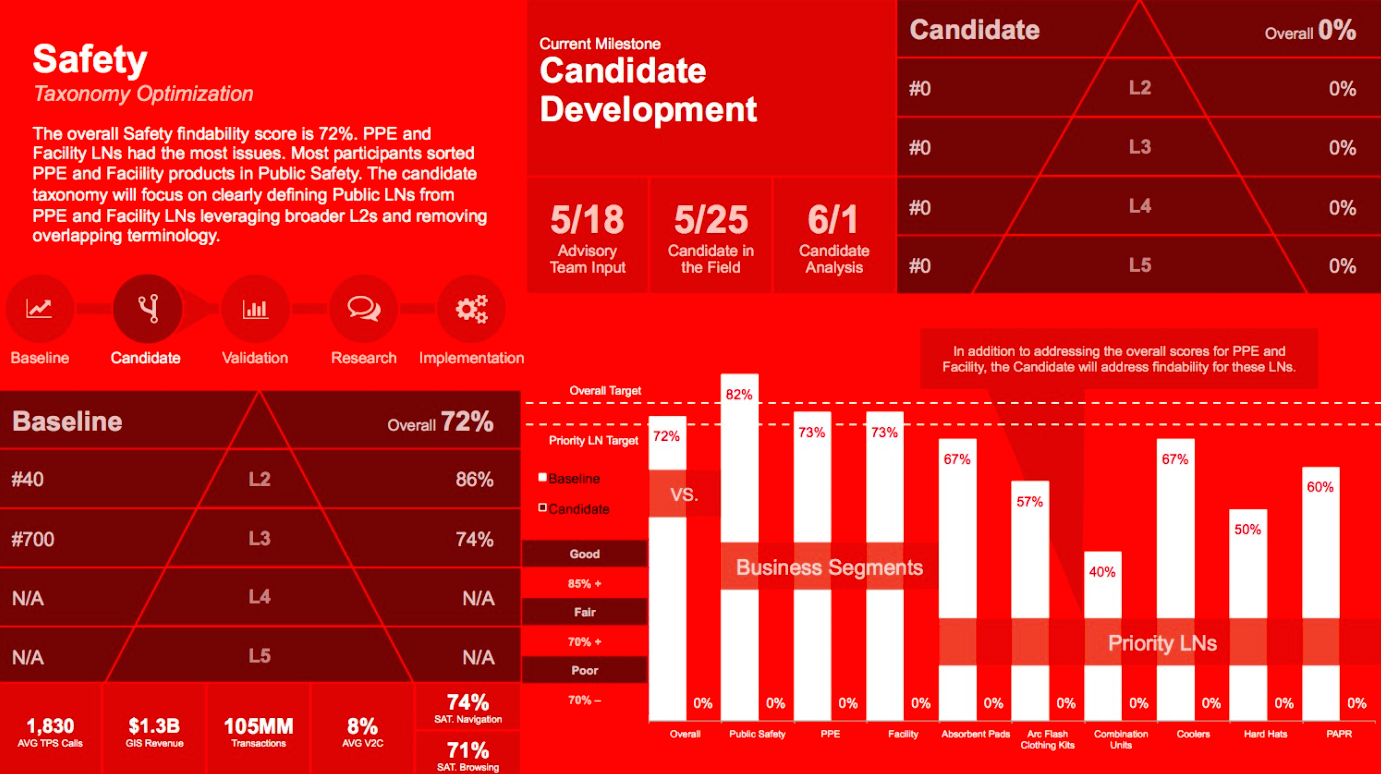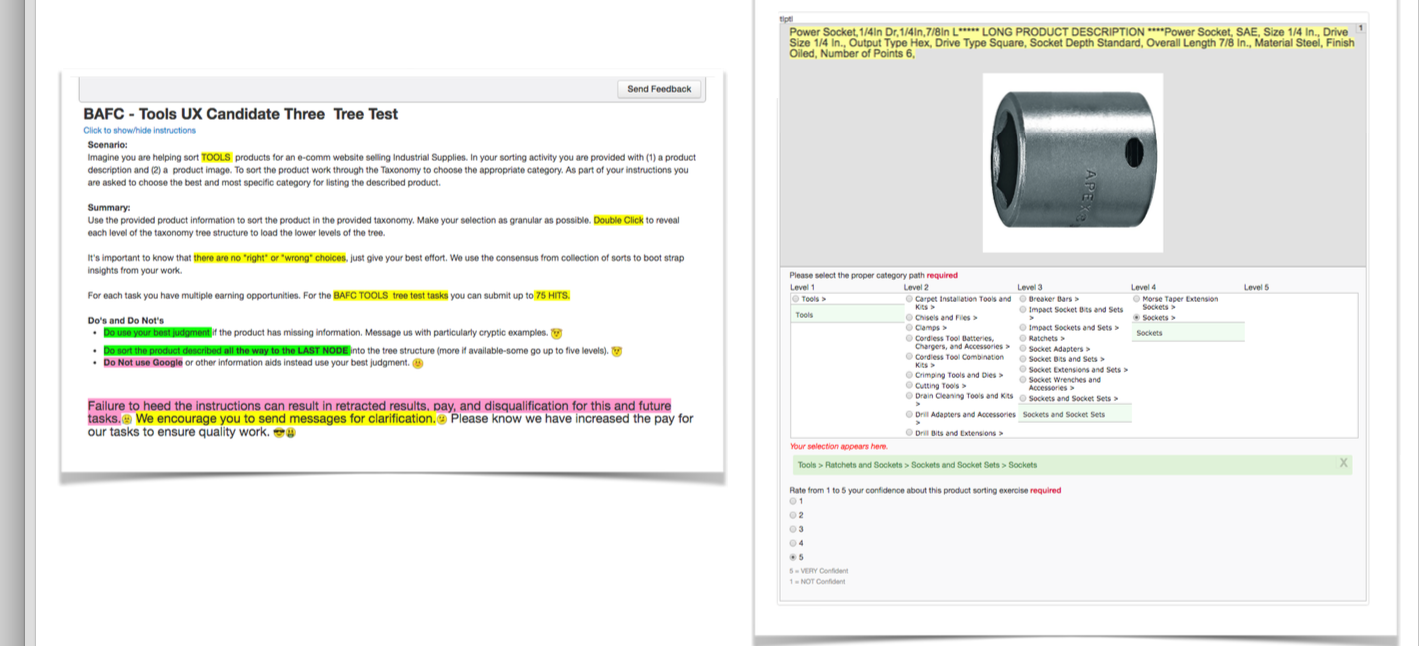Dissertation
D. Bailey (Chair), J. Streeck, J. Howison, and Patricia Galloway
Hetero-Technic Cooperation with Computing and Non-Computing Technologies
A Study of the Transmodal Capacity of Prosodic Cues to Alleviate Asymmetric Access to Tactile Phenomena
My dissertation investigated a specific kind of technology mediated work called Hetero-Technic Cooperation with computing and non-computing technologies (HTC (C-NC)) to understand the verbal communication of parties who pursue a shared technical goal by taking complementary roles using different technologies.
Hetero-Technic Cooperation
In HTC (C-NC) work settings face-to-face communication is rare and mediated communication is common, as exemplified in the setting of cardiac electrophysiology (cardiac EP) surgery suites.
In these settings workers face, and must overcome, significant asymmetries in access to visual and tactile information implicit in cooperative work with computing and non-computing technologies.
Microethnographic Analysis
To address this topic, I tailored microethnographic methods to analyze speech in cooperative work. Data collection entailed:
Ethnographic observations of 29 cardiac EP procedures in two US hospitals
Recording of 5 procedures using multi-camera film production techniques
Transcription of all recorded procedures using conversation analytic techniques
Investigation into HTC (C-NC) reveals....
My findings address the role of verbal communication in highly contingent, interdependent, and delicate social interactivity. I identified a new category of cooperative mechanisms, the use of prosodic cues (i.e., the rhythmic and intonational aspect of spoken language) to overcome significant asymmetries in access to information.
Take aways...
This research lends insights into the role of the body in cooperative work that inform the design of technologies. This research also illustrates my approach to the study of technology use as a full body experience.
